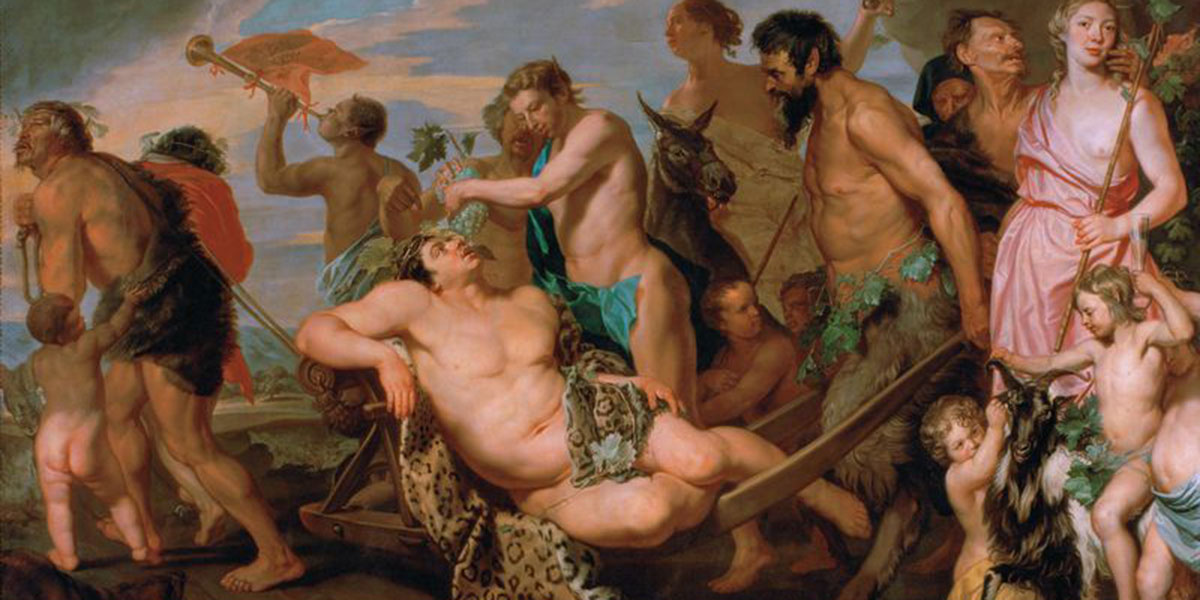Artist and Art Historian Aliki Braine talks to us about representation of women artists in the art world, her views on rewriting the story of art for women, and shares her own personal experiences of being a woman artist in today's art world.
Q. As a woman artist and art historian has it been difficult for you to be recognised in your field?
It took me a long while to recognise that my world still had a gender bias. I was born in the Seventies and my childhood and education never gave me the impression there was anything I, as a girl, couldn’t do. I would have answered ‘no’ to this question until a few years ago, when I realised that my male peers and equivalent counterparts where streaks ahead of me and were being given many more opportunities to progress their careers. I do put that down to gender.
Having said that, I’ve been incredibly lucky to have had opportunities to teach art history and to exhibit my work frequently and in wonderful institutions.
Q. Have you had to do anything differently to progress in your career?
Again, I don't think I’ve consciously done anything differently, but I have found myself earning my living in education, a field occupied mainly by women.
Q. Throughout history women have been allocated a ‘back seat’ in the story of art – Is this because it has been predominantly written by men? Do you think it’s time that the story was re-written? What do you think it would take to be able to change the story?
It’s only in the 20th century that women artists became excluded from the story of art. Women artists who had managed to break the norm and make a name for themselves in the Renaissance, Baroque, 18th and 19th centuries were erased from a narrative written by white men. Pliny, writing his encyclopaedic text in 1st century AD, included a chapter on women artists, Vasari, in his Lives published in 1550 & 1568, makes a mention of four women yet Gombrich, publishing his household text The Story of Art in 1950, mentions no women. The canon has so far been written by men. We do need to retell this story from a broader perspective; we need women and all marginalised peoples in society to be given the opportunity to do this.
Q. Do you see the art world changing so that women are represented more equally? In what ways?
There has been an extraordinary push in the last few years to highlight and rectify this imbalance, but it has been a slow process. Institutions like Tate and the RA have made progress and even the commercial Richard Saltoun Gallery has spent 12 months exclusively exhibiting women artists. So there is progress but it has to be set against a backdrop in which a global rise in right wing politics is seeing women’s rights eroded.
Q. Is there anything you are working on that might encourage change?
I am increasingly aware that despite being a woman, I have nonetheless absorbed that bias and rarely questioned the canon. I am increasingly - and consciously - including and prioritising the work of women artists in my lectures.
Q. You are presenting a course for Christie’s Education on Women Artists – what are you covering in that course and what do you hope people will take away from it?
The five-week course will look at significant women artists from the Renaissance to the present, including antiquity’s Marcia, Eva Gonzalès in the nineteenth century, the Renaissance’s Sofonisba Anguissola and Michaelina Wautier in the seventeenth century. The aim is to give clients an introduction to the work of key women artists across the centuries and the confidence to assess their works within a historical and critical context.
Find out more about the Women Artists course taking place 20 July to 17 August.
Image: Michaelina Wautier, "The Triumph of Bacchus," ca. 1643-59 (Wikimedia Commons)

